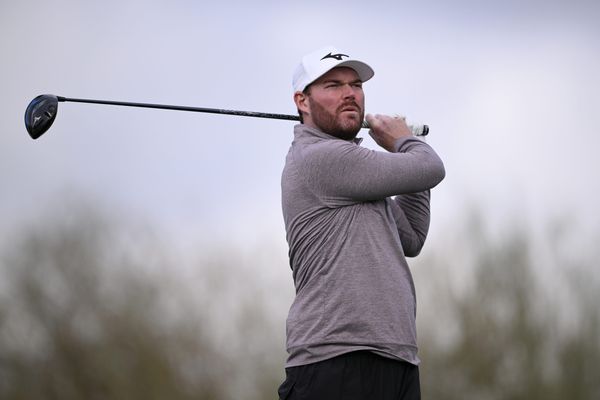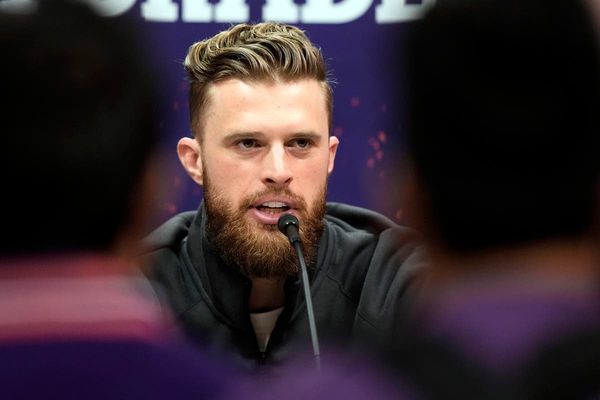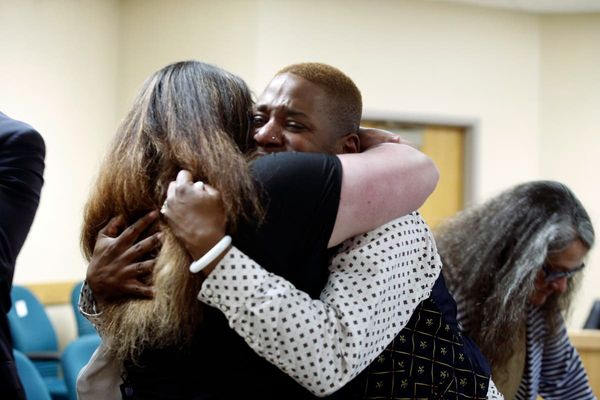
Should the Coalition go down on May 21, a loss of faith among women voters is sure to rank high on the agenda when the Liberal Party conducts its post-mortem.
Rape allegations and claims about ministers’ conduct have blighted the government through much of the past term. These issues were compounded when the Nationals restored the tarnished Barnaby Joyce to the deputy prime ministership, to the dismay of many Liberals.
However, it’s not moral outrage alone that threatens to shift traditionally conservative-leaning women to the Labor column. As journalist and commentator George Megalogenis argued on ABC radio’s This Week program last Thursday, older women in particular have the potential to turn the lock on the victory that eluded Labor in 2016 and 2019.
As well as sharing broader concerns about the culture within the Coalition, Megalogenis argues that older women are “nervous about delivery of services” — and are particularly primed to respond to Labor’s focus on aged care, of which around two-thirds of the consumers are women.
Opinion polls suggest women have been leaning leftwards for a while — certainly since the Gillard era, and perhaps a little earlier.
The charts below, showing how Newspoll’s gender differentials have tracked for voting intention and the various prime ministers’ approval numbers since 1996, suggests an earlier lean in the other direction began to turn in the later years of John Howard’s reign, when his government came to be defined by the Iraq war and an unforgiving stance on asylum seekers.

Since the distinctive period of Julia Gillard’s prime ministership, which evidently inspired women and alienated men in equal measure, the general picture has been of even support between the Coalition and Labor among women, with the balance tipped at three elections and counting by the Coalition’s strength among men.
However, it is likely it would have been a different story if the Liberals had stood by Tony Abbott, whose combative style women found distinctly alienating (though it may be noted that the gap closed for a period in early 2015 when the Prince Philip knighthood caused men to turn on him as well).
While it is clear that Malcolm Turnbull’s polished image played better with women than the abrasiveness of Abbott, the data during Scott Morrison’s tenure has been somewhat noisy, and may have been outright inaccurate in the lead-up to the 2019 election.
More recently, there has been no clear indication that the Coalition’s recent weak performance has particularly been driven by women, despite the prevailing narratives — at least so far as Newspoll is concerned.
However, as was noted here last week, the polling industry is not collectively singing from the same song sheet is at it was in 2019, and this has been particularly true so far as the gender gap is concerned. Essential Research has had the Coalition primary vote averaging about six points lower among women throughout the current term, with a spike to double digits after the Brittany Higgins rape allegations were raised in early 2021.
More recently, the first poll conducted by Ipsos for The Australian Financial Review three weeks ago, from an unusually large sample of 2563, suggested Labor held a 10-point primary vote lead over the Coalition among women, but a one-point deficit among men.
It should also be noted that the Coalition’s concerns about the women’s vote do not begin and end with Labor. In a string of traditional blue-ribbon seats, male Liberal incumbents are under pressure from female independents who are nearly as keen to point out their opponents’ association with Joyce as the government’s record on climate change.
One incidental point in their favour is that these are some of the most demographically feminine seats in the country, with Goldstein, Kooyong, North Sydney and Wentworth each ranking among the 10 electorates with female-to-male ratios among the adult population of about 53-47.
Disclosure: William Bowe is conducting paid consultancy during the federal election campaign for Climate 200, which is helping fund independent candidates who support policies to promote renewable energy and mitigate climate change.







